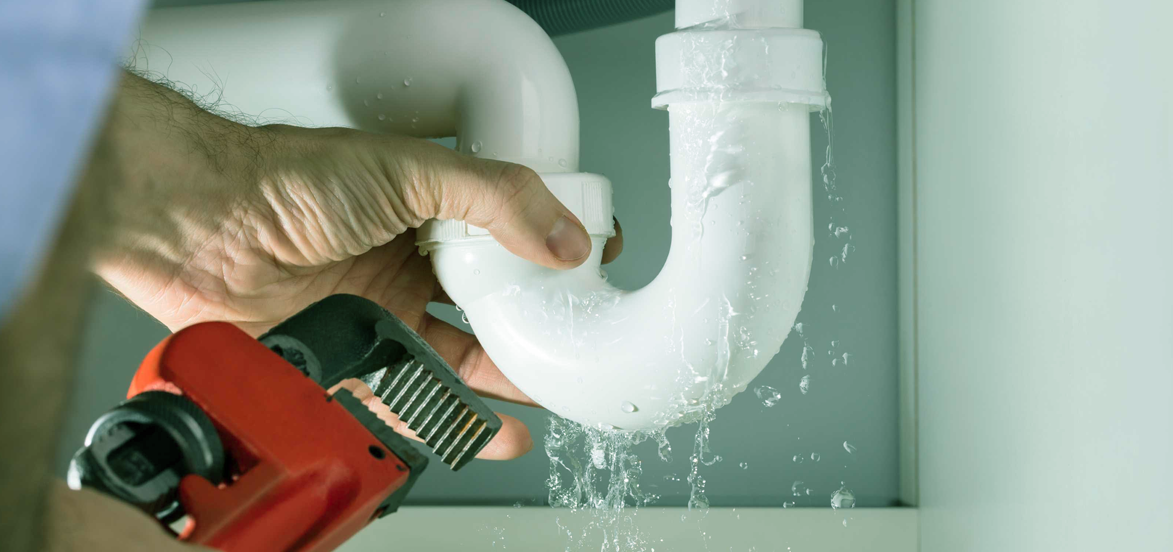6 Ways to Find Concealed Water Leaks in Your Residence
6 Ways to Find Concealed Water Leaks in Your Residence
Blog Article
We've stumbled on this article about Top leak detection hacks directly below on the internet and felt it made perfect sense to talk about it with you on my blog.

Early detection of dripping water lines can reduce a prospective disaster. Some tiny water leaks may not be visible.
1. Examine the Water Meter
Inspecting it is a guaranteed method that aids you uncover leaks. If it moves, that indicates a fast-moving leakage. This means you may have a sluggish leakage that can also be underground.
2. Inspect Water Usage
Analyze your water bills and track your water usage. As the one paying it, you must see if there are any kind of discrepancies. If you identify sudden changes, regardless of your intake coinciding, it means that you have leaks in your plumbing system. Keep in mind, your water costs need to drop under the same variety every month. An abrupt spike in your expense shows a fast-moving leakage.
At the same time, a stable boost every month, even with the exact same habits, shows you have a sluggish leak that's likewise slowly intensifying. Call a plumber to thoroughly examine your home, especially if you really feel a warm area on your flooring with piping below.
3. Do a Food Coloring Test
30% comes from bathrooms when it comes to water intake. Examination to see if they are running correctly. Decline specks of food shade in the container and also wait 10 minutes. There's a leakage between the container and dish if the color in some way infiltrates your dish during that time without flushing.
4. Asses Exterior Lines
Do not neglect to inspect your exterior water lines too. Examination spigots by attaching a garden hose pipe. Ought to water leak out of the connection, you have a loose rubber gasket. Change this as well as ensure all connections are tight. It will certainly assist obtain it expertly examined and kept every year if you've obtained a sprinkler system. One little leak can throw away tons of water and also surge your water bill.
5. Examine as well as Assess the Situation
Home owners should make it a practice to examine under the sink counters and even inside cupboards for any kind of bad odor or mold development. These two red flags suggest a leakage so prompt attention is needed. Doing regular assessments, even bi-annually, can save you from a significant problem.
If you recognize your home is already old, maintain a careful eye on your heating systems, hoses, pipes etc. Check for discolorations as well as deteriorating as many pipes as well as devices have a life expectancy. They will certainly also naturally deteriorate as a result of tear and also use. If you believe leaking water lines in your plumbing system, do not wait for it to rise. Call a specialist plumber right now so you do not end up with a horrible mess in your house.
Early detection of dripping water lines can alleviate a prospective catastrophe. Some tiny water leakages might not be visible. Checking it is a surefire way that aids you uncover leakages. One tiny leak can throw away heaps of water as well as spike your water costs.
If you presume leaking water lines in your plumbing system, don't wait for it to rise.
WARNING SIGNS OF WATER LEAKAGE BEHIND THE WALL
PERSISTENT MUSTY ODORS
As water slowly drips from a leaky pipe inside the wall, flooring and sheetrock stay damp and develop an odor similar to wet cardboard. It generates a musty smell that can help you find hidden leaks.
MOLD IN UNUSUAL AREAS
Mold usually grows in wet areas like kitchens, baths and laundry rooms. If you spot the stuff on walls or baseboards in other rooms of the house, it’s a good indicator of undetected water leaks.
STAINS THAT GROW
When mold thrives around a leaky pipe, it sometimes takes hold on the inside surface of the affected wall. A growing stain on otherwise clean sheetrock is often your sign of a hidden plumbing problem.
PEELING OR BUBBLING WALLPAPER / PAINT
This clue is easy to miss in rooms that don’t get much use. When you see wallpaper separating along seams or paint bubbling or flaking off the wall, blame sheetrock that stays wet because of an undetected leak.
BUCKLED CEILINGS AND STAINED FLOORS
If ceilings or floors in bathrooms, kitchens or laundry areas develop structural problems, don’t rule out constant damp inside the walls. Wet sheetrock can affect adjacent framing, flooring and ceilings.
https://www.servicemasterbyzaba.com/blog/how-to-detect-water-leakage-in-walls/

I ran across that blog entry about Hacks to detect leaks when doing a lookup on the web. So long as you liked our page please remember to pass it around. Many thanks for going through it.
Report this page